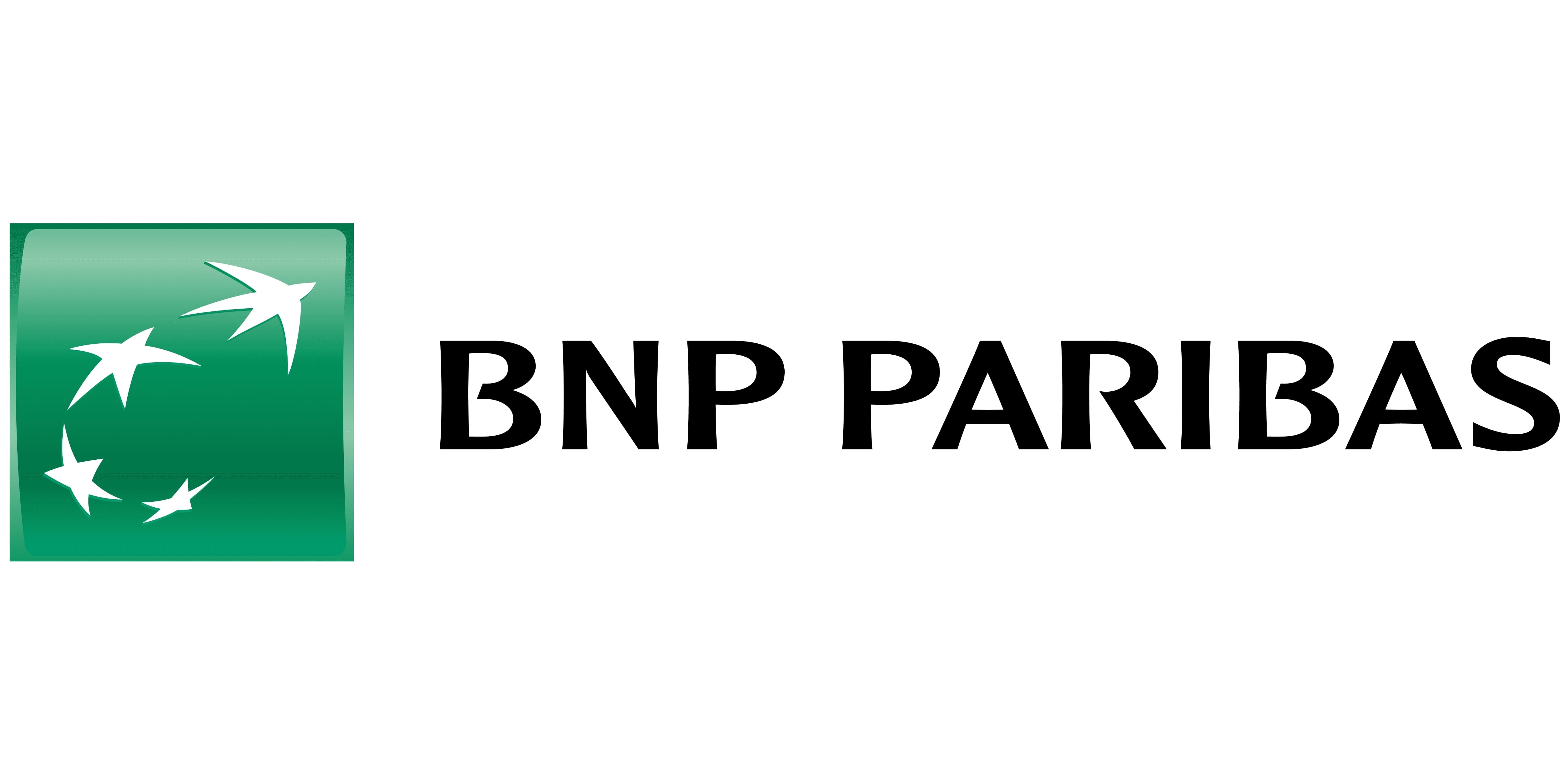This article first appeared in ETF Insider, to read the full edition, click here.
Following a historic hiking cycle, the Federal Reserve Open Markets Committee (FOMC) held the target range for its benchmark interest rate – the Federal Funds rate – steady at 5.25% to 5.5% for a total of 14 months – longer than many investors anticipated.
Despite the ostensible calm at headline level, rate expectations swung wildly beneath the surface as investors looked to second-guess how economic releases and market ructions would feed into the rate-setting calculus of a ‘data-dependent’ Fed. In January 2024, futures were pricing as many as seven 25 basis point (bps) cuts by year-end; in May, as few as one.
The Fed ultimately began its easing cycle at the 18 September meeting with a large 50bps cut – an outcome forecasted by only nine of 101 economists polled before the decision.
Stocks, bonds and gold initially rallied on the news, as investors extrapolated 50bps as the new going clip, but the gains were reversed during Fed Chair Jerome Powell’s press conference. “I do not think that anyone should look at this and say: ‘Oh, this is the new pace,’” he said.
Traders grew sceptical, however, with futures pricing around 75-100bps worth of cuts across the year’s final two meetings, until a stellar jobs report last Friday showed an economy in good health.
Now just 50bps worth of cuts are priced in before year end – in line with the latest dot plot. The report has affected expectations further out the curve, too, with traders pricing a Fed Funds rate of around 3.5% in 12 months’ time, up from around 3.0% before Friday.
ETF Stream asked several investors where they saw yields heading and how they were positioning portfolios.
The path for yields
Jayesh Mistry, macro fixed income portfolio manager at BNP Paribas, and Nathan Sweeney, CIO of multi-asset at Marlborough, said that the yield curve will steepen, anticipating a fall in shorter-dated yields as the Fed delivers on the rate cuts expected of it prior to the jobs report.
Mistry argued that longer-dated yields, on the other hand, "will fall more slowly and may eventually move higher, as term premia rebuilds and the market eventually prices more growth and reflation risk premia."
Courtney Horey, senior fixed income analyst at Stonehage Fleming, believes futures pricing is broadly fair following the recent adjustment and added the yield curve is biased to steepen.
In his view, there will be a bull steepening of the yield curve, where short-term rates – driven largely by monetary policy – fall faster than long-term rates – driven largely by inflation expectations.
Antoine Ternon, multi-asset portfolio manager at APICIL Asset Management, who shares Horey’s view on futures pricing, also expects a steepening dynamic – though of the bear-steepening variety.
In his view, the two-year yield will sit around 3.85%, as the Fed fails to deliver on the 75-100bps of cuts previously priced into markets, while the 10-year yield will increase to above 4% on account of inflation, growth potential, and the term premium.
Fund selectors can play US curve steepening through the Ossiam US Steepener UCITS ETF (SUTP) or the Amundi US Curve Steepening 2-10Y UCITS ETF (STPU) – the latter of which, as reported by ETF Stream, saw large recent outflows as investors took profits from curve steepening strategies.
Portfolio positioning
Sweeney believes fixed income looks widely attractive at these levels, but expressed a preference for government bonds over corporate credit. Rather than hold super long-dated issues, however, he is playing this through bonds with a 15-year maturity.
“We are largely steering clear of the very long-end of the yield curves because in any scenarios where fiscal policy does become a concern again we would expect that area to underperform significantly,” he explained.
In terms of geography, he outlined a preference for the UK versus the US due to the looming Presidential election and a lower risk of poor debt management by the British government.
Mistry, who is forecasting short rates to fall faster than long rates, is playing this through a duration neutral yield curve steepening strategy – long via the 2-year US Treasury Bond future and short via the 5- and 30-year US Treasury Bond futures. He prefers to take duration risk in the UK and German markets.
Curve steepening is central to Ternon’s strategy too, using ETFs and futures to adjust positioning along the yield curve dynamically.
Horey, who forecasts a bull steepening of the US yield curve, has been adding exposure to US Treasuries, particularly at shorter-dated maturities.
US Government bonds, in his view, should receive support from the moderating inflation and sluggish growth expected in the coming months. They offer option value, too.
“An adverse event, such as a recession or geopolitical tension escalation, is likely to lead to lower bond yields as central banks respond with accelerated interest rate cuts,” he said.
A 3-7y USD Treasury Bond ETF and a Global Aggregate Bond ETF are two products through which Horey is expressing this view in portfolios.
This article first appeared in ETF Insider, ETF Stream's monthly ETF magazine for professional investors in Europe. To read the full edition, click here.





